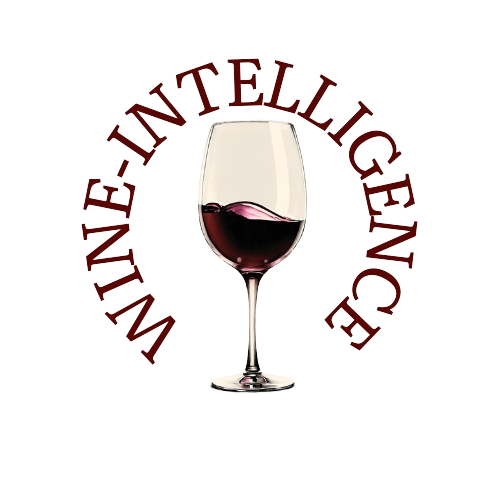France and Italy are globally recognized titans in the wine industry, often neck-and-neck in the race for supremacy.
While both nations lead in wine production and exports, the competition becomes nuanced when examined through different parameters such as market presence and export value.
A deeper dive reveals a complex landscape where France edges out Italy in terms of export value but faces stiff competition in market leadership.
Market Leadership and Presence
France and Italy both have substantial global footprints in wine markets, each dominating a significant number of countries. According to the Nomisma Wine Monitor Observatory, France leads in 51 markets, closely followed by Italy, which claims leadership in 46 markets. This near parity indicates that while France might lead in terms of export value, Italy is not far behind in terms of market reach and presence.
The remaining contenders in the "Big 5" of wine exports—Spain, Chile, and Australia—trail significantly. Spain leads in 10 markets, Chile in 9, and Australia in just 3, underscoring the duopoly of France and Italy in the global wine arena.
Export Value and Price Disparity
The most notable distinction between French and Italian wine exports lies in their economic value. In 2023, France exported wine worth EUR 11.9 billion, despite a slight decline of 3% from the previous year. Italy, while impressive with EUR 7.7 billion in exports, still lags behind by a substantial EUR 4.2 billion. This gap is largely attributable to the difference in the average price per liter of exported wine. French bottled still wines command an average price of EUR 7.81 per liter, almost double that of Italian wines at EUR 4.38 per liter.
Key Markets and Strategic Positioning
France's dominance is particularly pronounced in the most lucrative and established markets, such as the United States, Canada, the United Kingdom, Japan, and Switzerland. These markets are characterized by higher average bottle prices and stable, albeit slowly declining, consumption rates. Italy, on the other hand, has a stronghold in Eastern European markets where wine consumption is growing, but the average value per bottle remains relatively low compared to traditional Western markets.
This strategic positioning highlights a critical aspect of the competition: while Italy excels in emerging markets with growth potential, France maintains a strong presence in high-value markets, reinforcing its leadership in export value.
The Competitive Landscape
The competitive derby between France and Italy in the wine industry is further intensified by the shifting patterns of global wine consumption. As traditional markets experience a decline in consumption, the battle for market share becomes fiercer. Italian winemakers, according to Denis Pantini of Nomisma's Wine Monitor, face the formidable challenge of displacing French wines in these established markets. This requires long-term strategic planning and a vision to elevate the perception and value of Italian wines globally.
The Path Forward
For Italy to bridge the gap with France, it will need to focus on enhancing the perceived value of its wines, possibly through marketing campaigns that emphasize quality, heritage, and the unique characteristics of Italian terroirs. Moreover, Italian producers might benefit from targeting premium segments within established markets, where higher prices and margins can be achieved.
On the other hand, France must continue to innovate and adapt to changing consumer preferences while maintaining its high standards and premium positioning. As global wine consumption patterns evolve, the ability to tap into emerging markets without diluting brand value will be crucial.
Conclusion
The competition between France and Italy in the wine world is a fascinating and dynamic duel. While France currently leads in export value, Italy's robust market presence and strategic positioning in growth markets underscore its potential to challenge French dominance. The future of this duopoly will likely hinge on each nation's ability to adapt to changing global consumption trends, innovate, and strategically position their products to capture emerging opportunities.
Source: Nomisma Wine Monitor Observatory

